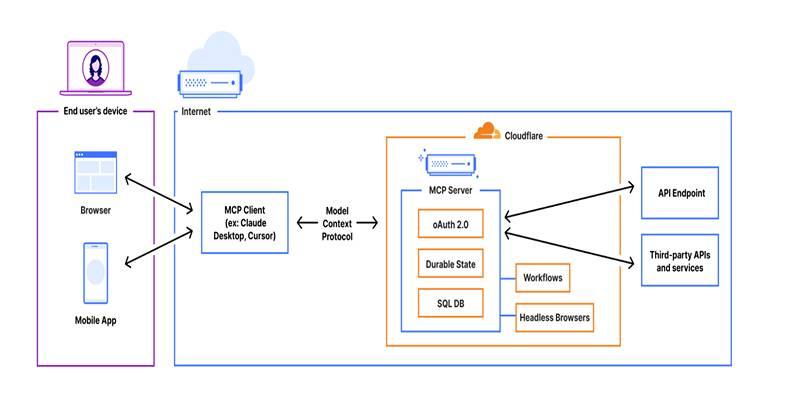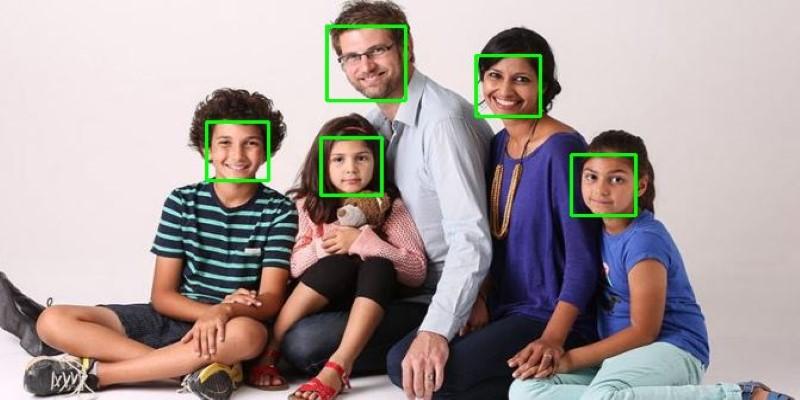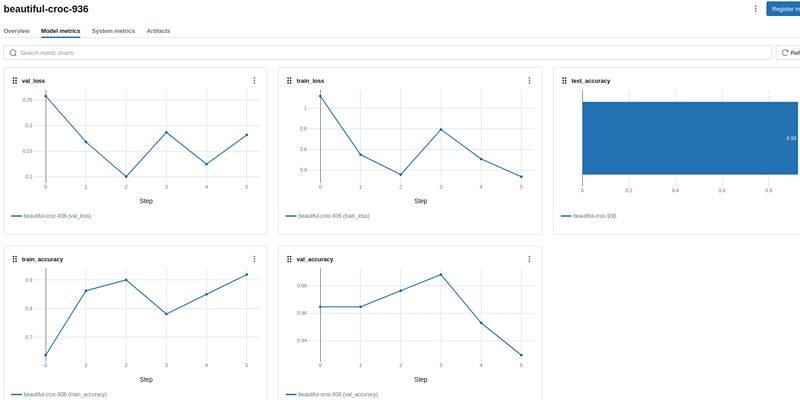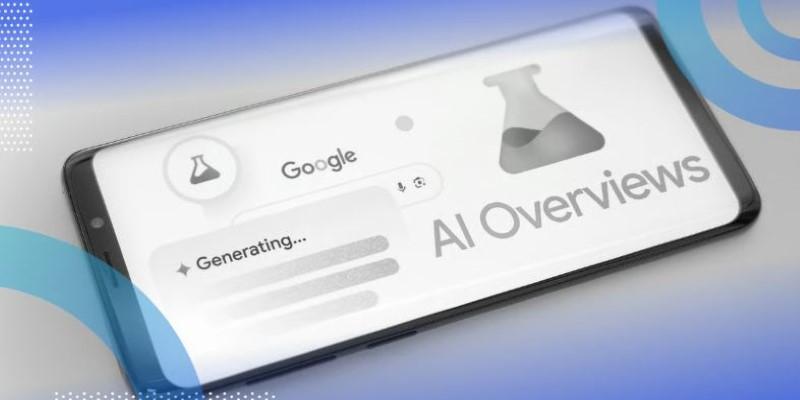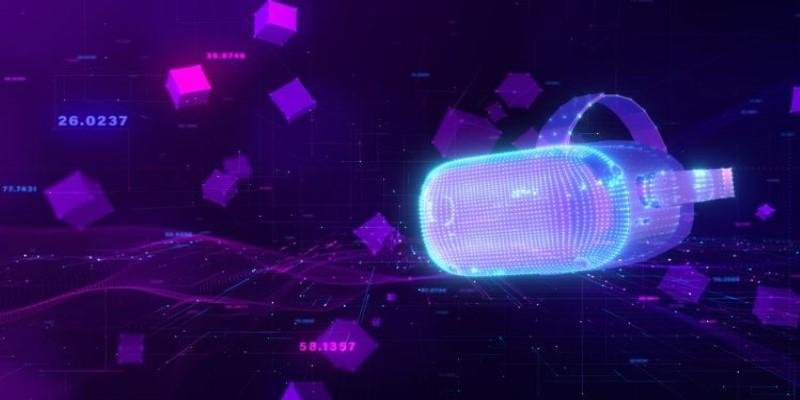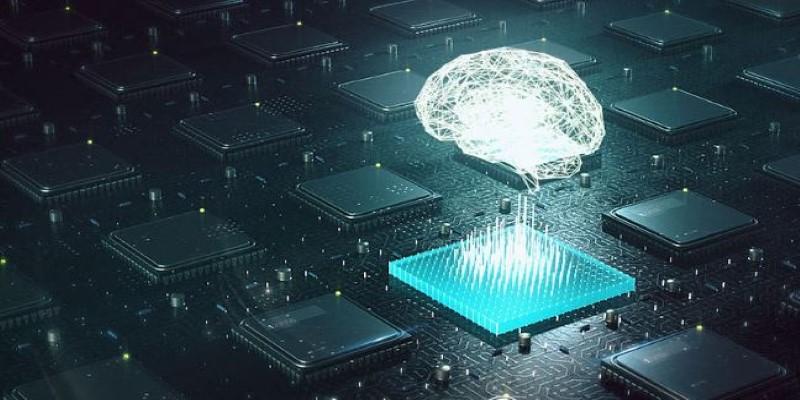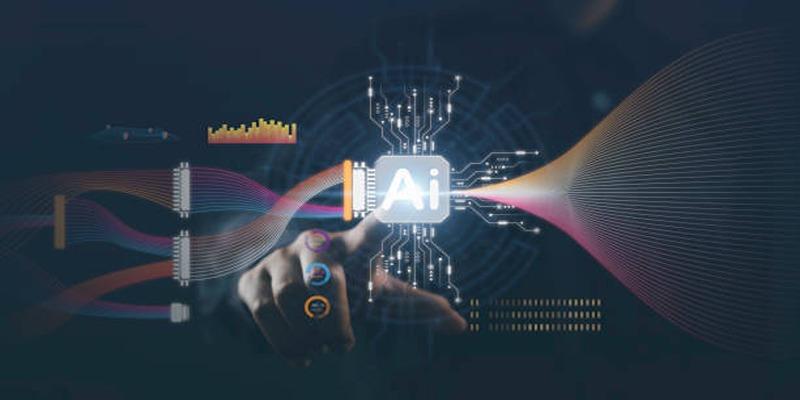Face detection has become a familiar part of modern life—used in photo apps, smartphones, and surveillance systems. Long before deep learning dominated computer vision, one algorithm made real-time face detection possible in practical devices: the Viola-Jones algorithm. Developed by Paul Viola and Michael Jones in 2001, this method changed how machines recognize faces, making detection fast, accurate, and usable even on low-power hardware.
It’s not just a milestone, it’s a blueprint. Understanding how the Viola-Jones method works gives insight into the evolution of machine vision, especially in areas where speed and simplicity are more important than complex training or GPU-based inference.
How the Viola-Jones Algorithm Works?
The Viola-Jones face detection algorithm is based on four main concepts: Haar-like features, integral images, AdaBoost learning, and a cascade classifier. Each part contributes to the algorithm’s speed and efficiency in locating faces within an image.
Haar-like Features and Integral Images
The foundation of the algorithm lies in Haar-like features. These are simple rectangular patterns—often black and white blocks—that are used to detect contrast differences in an image. For example, one common feature looks for the difference in pixel intensity between the region of the eyes and the cheeks. Others compare the bridge of the nose to the eyes. Thousands of such features can be generated and tested across different areas of an image.
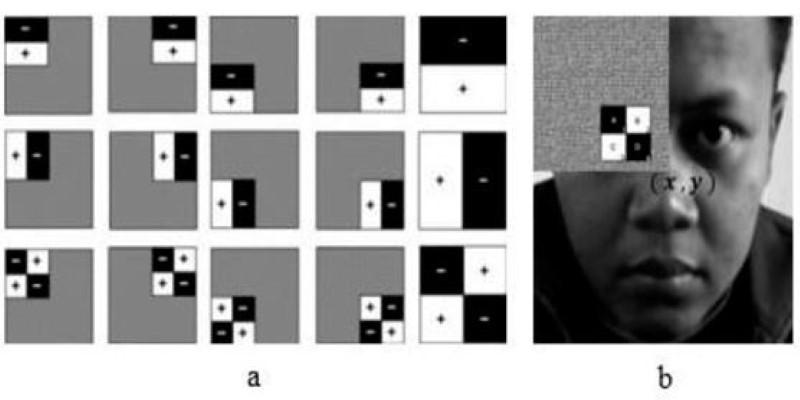
To make this process fast, the algorithm uses something called an integral image. This structure allows the algorithm to calculate the sum of pixel values within any rectangular area in constant time, no matter its size. Without integral images, checking all possible Haar features across an image would be too slow for real-time applications. With them, it becomes surprisingly fast.
Feature Selection Using AdaBoost
While thousands of Haar-like features are possible, only a small fraction are useful in detecting faces. To find the best features, Viola and Jones used a machine learning method called AdaBoost. This technique helps identify which features are the most reliable indicators of a face, and it assigns each one a weight based on how well it classifies examples during training.
AdaBoost combines weak classifiers (each based on a single Haar feature) into a strong classifier. Instead of training a deep neural network with millions of parameters, AdaBoost builds a robust detector by stacking many lightweight decisions. This is why the Viola-Jones method was so practical when computing power was limited.
The Cascade Classifier Structure
To further improve performance, the algorithm arranges the trained features into a cascade. The idea is simple: not every region in an image needs to be analyzed in detail. Most of the time, there’s no face in a given part of the picture. So, the algorithm applies a series of increasingly complex classifiers. Early stages in the cascade are fast and rule out large areas of the image that clearly don't contain faces. Only the regions that pass the early filters are examined more closely in later stages.
This structure drastically reduces the time required to scan an entire image. It means that computational effort is focused only where it matters—on regions that have some chance of containing a face.
Strengths and Limitations of the Viola-Jones Method
One of the reasons the Viola-Jones algorithm became so popular is its simplicity and speed. It was one of the first methods that made face detection practical on low-cost consumer devices such as webcams and early smartphones. It also doesn’t require complex preprocessing, large datasets, or powerful hardware.
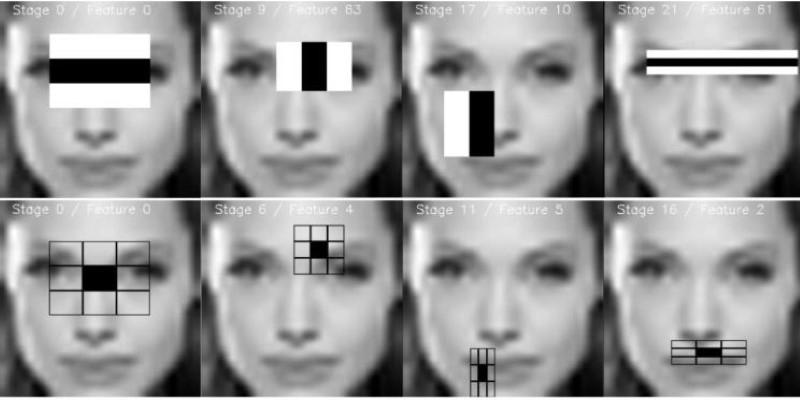
In controlled environments, it works remarkably well. It can detect frontal faces with good lighting and minimal occlusion with high accuracy. It also supports real-time performance even on CPUs, making it ideal for applications like access control, camera tracking, and image tagging.
However, the algorithm has limitations. It's most effective with upright, front-facing faces. It struggles with side profiles, poor lighting, rotated faces, and varied backgrounds. It’s also not as flexible as modern deep learning-based detectors when it comes to adapting to new facial shapes, expressions, or demographics. Another drawback is its reliance on handcrafted features, which makes it harder to generalize to non-face detection tasks.
In essence, Viola-Jones prioritizes speed and simplicity over versatility. For its time, it was a breakthrough. But today, it’s been largely replaced in many systems by convolutional neural networks, which provide better accuracy and broader generalization at the cost of more computation.
Applications and Modern Relevance
Although more advanced methods have taken over in many areas, the Viola-Jones algorithm still has relevance. It's lightweight, requires no internet connection or cloud support, and works reliably on embedded systems. For example, in edge devices like security cameras or smart doorbells, where power efficiency matters, Viola-Jones is still useful.
It's also used in educational settings to teach fundamental ideas in face detection. Because the algorithm is fully transparent—no hidden layers or mysterious training steps—students can clearly understand the role of each component, from feature extraction to classification.
In computer vision libraries like OpenCV, the Viola-Jones face detector is still available and widely used. Its XML-based models can be loaded quickly, and its detection pipeline is easy to integrate into mobile or desktop applications. For small-scale face detection tasks, especially where cloud processing isn't an option, it remains a practical tool.
Meanwhile, the core ideas of the Viola-Jones algorithm—efficient feature selection, staged processing, and boosted classifiers—have influenced many other detection methods. Even in modern object detection frameworks, you’ll find echoes of this approach, particularly in how they prioritize candidate regions for more detailed analysis.
Conclusion
The Viola-Jones algorithm is more than a technical method—it’s a landmark that reshaped how machines detect faces. By combining handcrafted features, statistical learning, and efficient computation, it made real-time face detection possible long before deep learning became dominant. The method excels with upright, frontal faces under good lighting and continues to be valuable where low power and fast performance matter. For students and engineers, it remains a clear and practical introduction to computer vision. While modern approaches surpass it in handling complex variations, Viola-Jones stands as proof that smart, resourceful design can deliver remarkable results even without advanced hardware.




